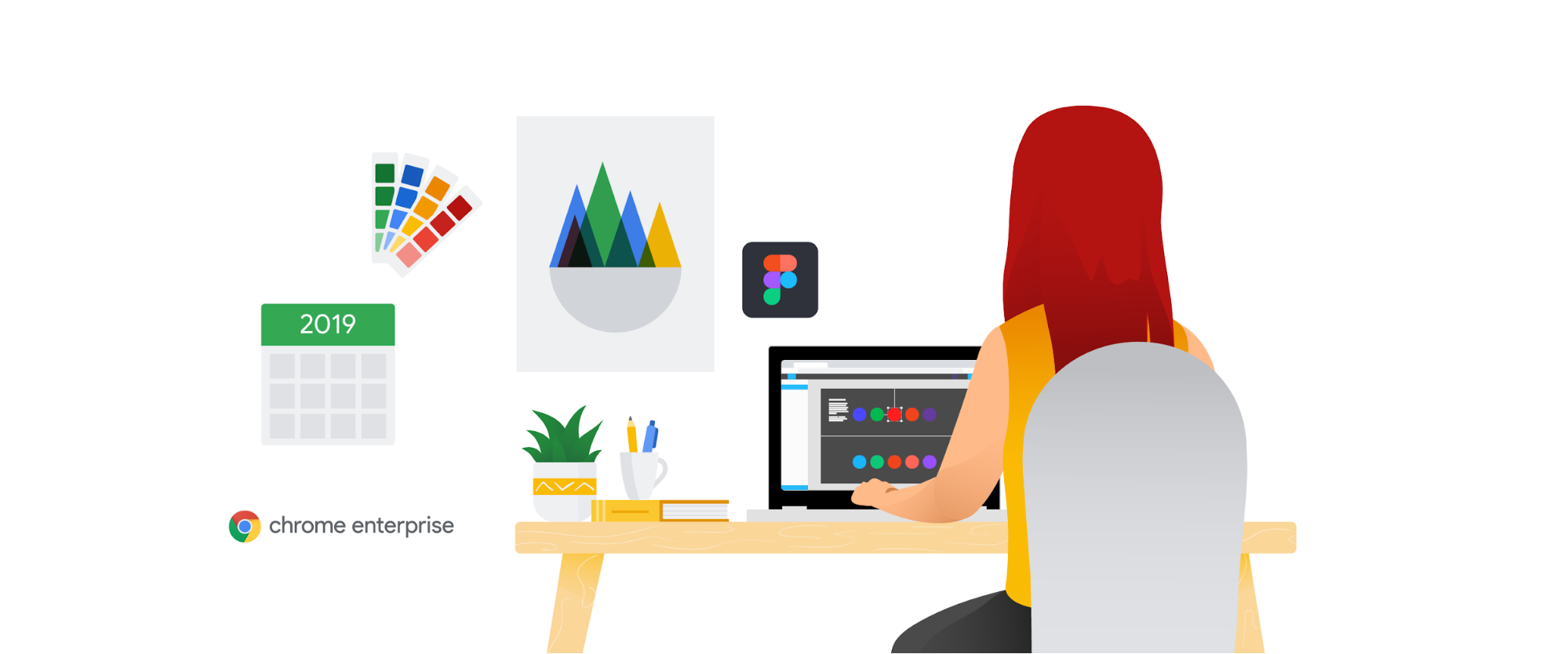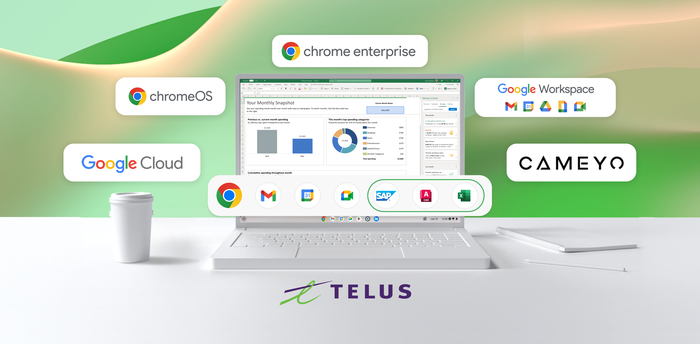For Square’s design team, form marries function with Pixelbooks and Figma

Dustin Tanner
Design Systems Lead, Square
Anthony Arrigotti
IT Global Lead
Editor’s note: Today’s post is by Anthony Arrigotti, IT Global Lead, and Dustin Tanner, Design Systems Lead at Square, the financial services technology company. Square is using Pixelbooks and G Suite to keep employees productive as the business grows globally. Square’s design team is using Pixelbooks with Figma, the browser-based design tool, to share designs across teams.
At Square, we’re very purposeful about the tools we use for productivity. We don’t just toss out new technology to the workforce and hope that it sticks. We test hardware and software with small groups, study how they work, then use their input to decide what will work for the rest of our 2,000 employees. Most importantly, we want to provide “Squares” (our employees) with options. Meeting our employees where they are, and with the tools they prefer, is a priority.
When we first considered adding new devices, we applied our methodical approach to choosing laptops that were built with security in mind. As Square grew, so did our concerns about security, especially for teams with customer-facing roles. As a financial services business, we’re sensitive to the privacy and security issues facing Square users—which led us to run a pilot of Chromebooks with some of our customer success workers.
The thin and lightweight Pixelbook was the workers’ favorite. On the IT side, it met several of our requirements. We liked how the containerized Chrome OS strengthened security. Setting up a Pixelbook takes about 70 percent less time since we don’t have to image drives. There are no applications to install, so we can move away from that model of relying on hard drives; the Pixelbooks basically work right out of the box. Between the easy deployment and management through Chrome Enterprise as well as automatic updates, we save a lot of time that we can spend on more-impactful work.
Pixelbooks passed our careful review, so we're offering them to all new employees on several teams, such as recruiting and customer success teams. In fact, now that we can use the laptops with browser-based design tool Figma, we’re considering offering Pixelbooks to designers as an alternative to MacBooks. The choice will be theirs.
For Square’s design team, we’re using the same purposeful approach that brought Pixelbooks to other departments. The catch with this team was that designers typically used software that can only be installed on their devices. There weren’t any all-in-one cloud-based design tools accessible by browser; the siloed nature of other design tools resulted in friction throughout the design process. The process for sharing designs and collecting feedback from non-designers required syncing and exporting files—which often became a version-control nightmare.
Dustin was a fan of the browser-based design tool Figma at his previous job, especially since it solved the problem of siloed design files. Designers can collaborate on projects in one place, but provide easy access to anyone who needs to weigh in on designs simply by sharing a URL. Because Square’s design systems are not only used by designers but also by engineers, product managers, and marketers, building systems in Figma enables our teams to share designs openly across the organization, as well as across machines.
When Figma added the ability to use custom fonts on Chrome with Figma Organization, the door opened to matching the ease of browser-based design collaboration with the flexibility of Pixelbooks. As the design systems lead, Dustin is the perfect test case for the Pixelbook-Figma combination. It’s lightweight for travel, the battery life is excellent, and it boots up incredibly fast in comparison to other platforms, so designers can get to work immediately.
Chrome and Figma both update automatically and have enterprise-grade security, so designers won’t have to deal with nagging messages about software updates. And since Square is already on Chrome and G Suite, designers can access email and other productivity tools they use every day on their Pixelbooks. G Suite has been a critical part of the worldwide Square infrastructure for quite a while. With offices in several countries, we wouldn’t function collaboratively without Hangouts Meet; Chrome Browser is the most popular browser across the company.
We like to give Squares choice in the tools and technology they use. Now designers will have another option in how they work—and when they choose Pixelbooks, we’ll cut down IT admin time for maintenance and deployment even more. We need devices like Pixelbooks and applications like Figma that let us stay creative and increase the ease of collaboration. Pixelbooks help us scale the business as fast as we can hire people, with less operational overhead.



